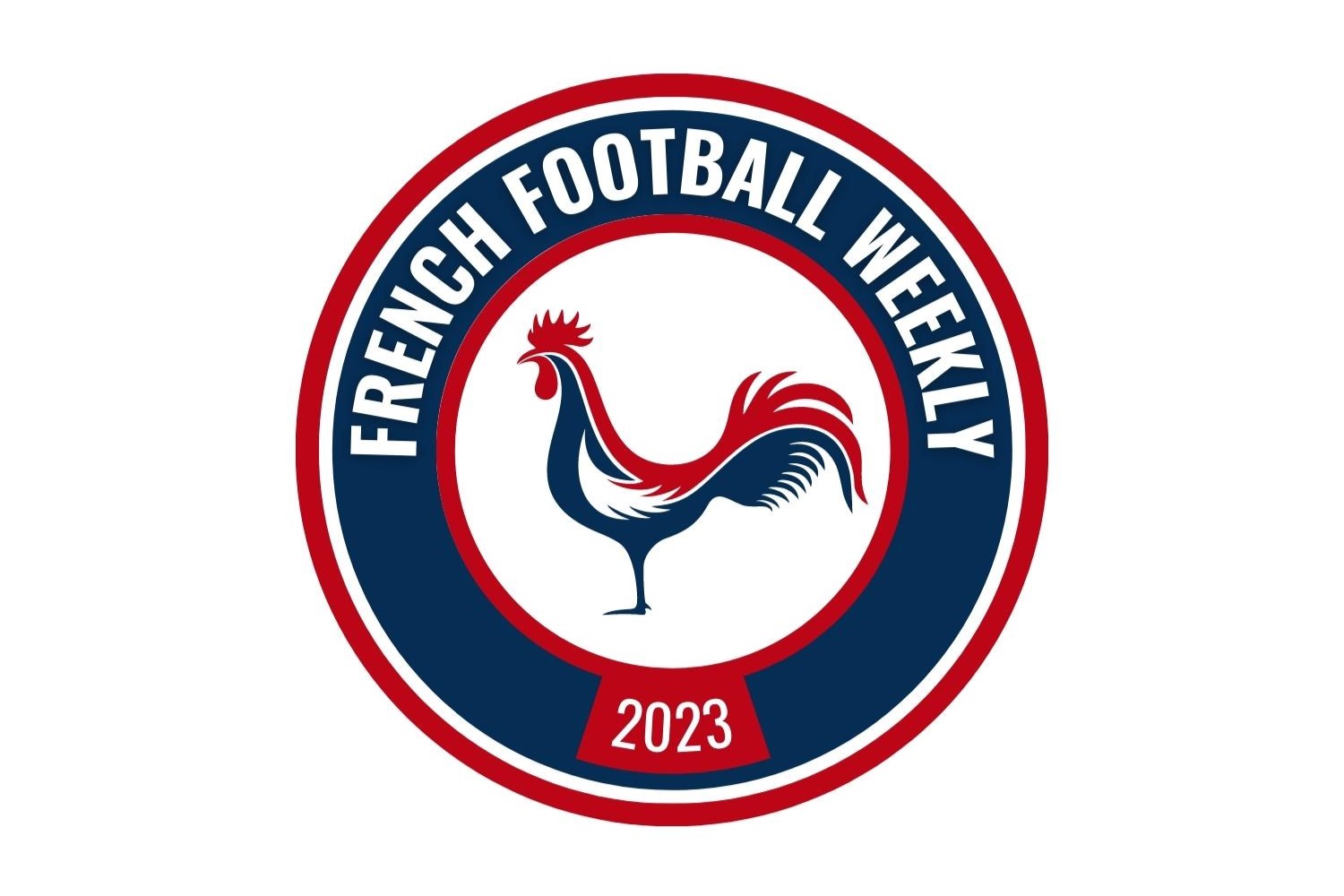ARTICLE AD
Real Madrid and FC Barcelona are cash machines. Even if it is true that in the case of the Catalans the management of this money was then not always ideal, the two ogres of the Liga make exceptional turnover, exceeding one billion for the Merengues. And this, thanks to income pushed as much as possible in certain areas such as the sale of players, the ticket office (matches and rounds of the stadium), the sale of derivative products, summer tours and juicy sponsorship contracts. Not to mention the traditional checks received thanks to the sale of TV rights or the premiums collected according to the results in the competitions where the two clubs are engaged. But so much Florentino Pérez as Joan Laporta know that in this new football, with state clubs, powerful investors and the appearance of new threatening actors such as the Saudi championship, these rather traditional sources of income are no longer enough.
It always takes more profit, and inevitably, be inventive to bring in good sums in the accounts of the club. The colossal renovation works of the Santiago Bernabéu and Camp Nou go in this direction: Real Madrid and Barça no longer want a simple football stadium, but a real leisure center where you can come to shop before the match or dinner after. Inspired by the North American model, these two projects promise to be particularly remunerative for the two Spanish stables, and on the side of Madrid, this is already bearing fruit. Revenues related to consumption in bars and four new restaurants in Bernabéu have multiplied by four in the space of only one year. In the first half of the season, the club thus brought 6.6 million euros. A sum which may seem derisory, but which should continue to increase in the coming years as new establishments open in the corridors of the stadium, including this famous Sky Bar on the roof of the stadium with views of the lawn and the city.
Stadiums that will be cash machines
The ambition of FC Barcelona is more or less similar, despite this delay in the overhaul of Camp Nou. The two clubs also intend to organize concerts – Real Madrid faces some administrative seeds on this subject – and therefore also touch large sums thanks to concerts from world stars sheltered in their pregnant. But that's not all. Real Madrid, for example, has its own … University. In 2006, the club reached an agreement with the European University of Madrid (private) to start different curriculum, all linked to the world of sport, and provides courses on site but also worldwide via its digital platform. A great source of income therefore, as is the strong media presence of the club. Real Madrid TV Thus performs audience boxes – which says increased audience says income that increases thanks to advertising – just like the RM Play service which disseminates exclusive content for subscribers, some paid, works pretty well.
For its part, in recent years, Barça has often had to go even further than Real Madrid. For a while, the Catalan club allowed, for example, friends of friends to rent Camp Nou to organize matches, as if it were the local Five. But at a price of… 300 € per head. The Catalan club also took advantage of the stadium work to sell bits of nets of the cages, stadium seats and pieces of lawn. Objects very popular with fans and collectors who also left nice sums in the club's funds. It should also be noted that the two clubs are multisport entities, which remains quite rare in Europe, and also harvest income in their other sections. In recent years, the Barça women's team has often been the most profitable section of the club, more than the men's team or hand and basketball teams.
The juicy model of academies
Where Barça was ahead of everyone, it is with its academies. The club has around fifty around the world, mainly in North America, Asia as well as in Europe. Unlike popular belief, these are not satellite schools in Masia, but completely independent football schools, even if they can still receive advice and help from the club, which often sends them trainers and supervises their working methodology. They simply bought the license from Barça to be able to use its name, and thus attract young people more easily to their ranks, which sometimes pay sacred sums to enter it, where playing Masia is logically completely free. Barça receives more than 40 million euros per year in the form of commissions and costs from its academies, for work to be provided practically non -existent.
The two giants of Iberian football have also recently set foot in the tech. Real Madrid has launched its Real Madrid Next platform, which works with many companies and start-ups around the world to develop projects around six axes: online health, performance, the fan commitmentthe creation of audiovisual content, cybersecurity and social and technological infrastructures. Model similar to Barcelona with Barça Innovation Hub, created in 2017, which offers lessons for professionals, but which mainly aims to invest in promising startups in the four corners of the globe. Barça has recently entered the shareholding of Omniscope, an American company specializing in several technologies linked to immunology. Investments which, this is what Barça and Real Madrid hope, will be successful in the medium and long term and will allow them to increase their financial health for some, and to redo one for others …

.jpg) 1 day ago
6
1 day ago
6 

